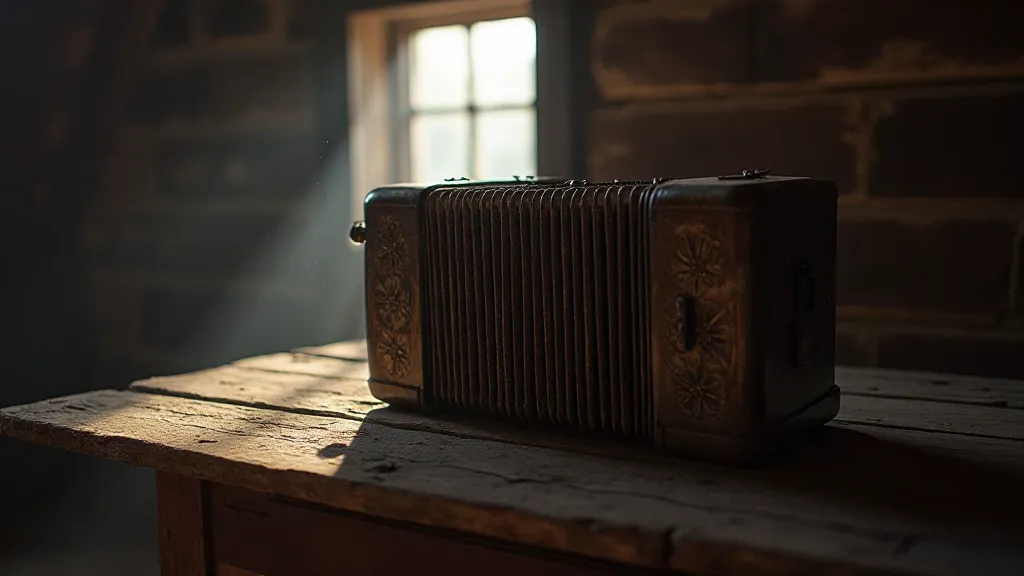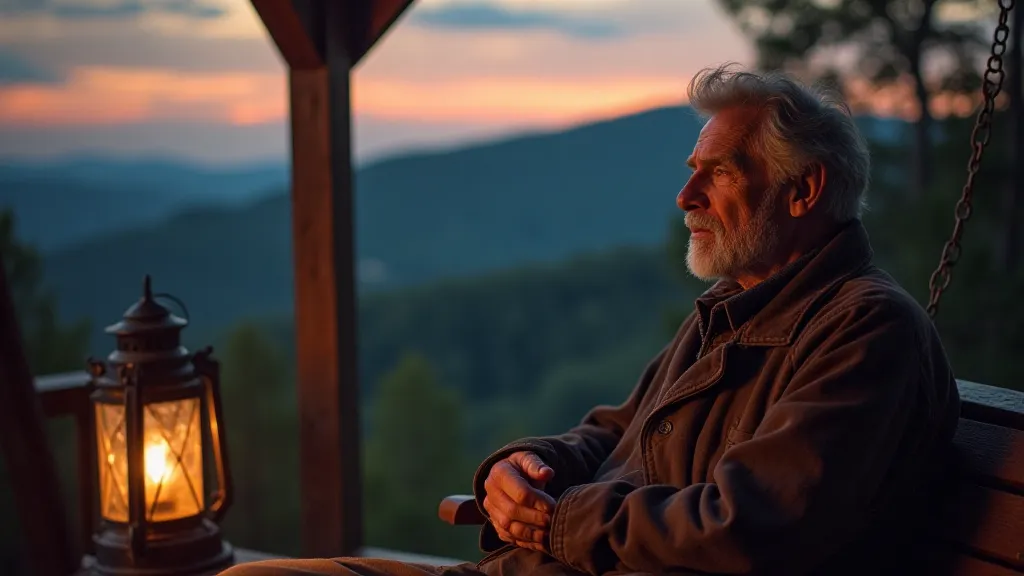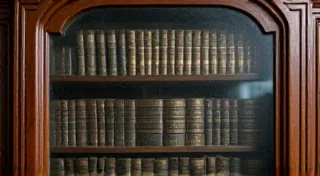Where the Syllables Settle: Metaphor and Meaning in Appalachian Storytelling
The mountains hold their secrets close. They’re etched into the faces of the ancient rocks, whispered on the wind that rustles through the hollers, and most profoundly, embedded within the unique dialects of Appalachia. It’s more than just a different way of talking; it's a repository of history, a lens through which generations have understood the world, and a powerful amplifier of storytelling, turning simple narratives into experiences brimming with metaphorical richness. To truly appreciate Appalachian storytelling, one must first understand the syllables themselves – how they settle, how they vibrate, and the way their quirks shape the tales they carry. The preservation of these dialects is crucial, as they represent a unique connection to the past, and glimpses into their history reveal a fascinating glimpse into echoes of old English surviving and thriving in the region.
My grandfather, Silas, was a keeper of these syllables. He rarely spoke unless spoken to, but when he did, his words were like unearthed gems. He’s gone now, but the echoes of his voice, layered with the peculiar cadence of our mountain dialect, linger in my memory, each word painted with a texture unavailable in standard English. I remember him telling stories about the “old timers,” folks who carved a life out of the harsh landscape before roads and electricity arrived. His use of phrases like “reckon” instead of "think," “afeared” for “afraid,” and “fixin’ to” for “about to” wasn't just linguistic habit; it was a window into a worldview shaped by hardship and self-reliance.

The Architecture of a Dialect
Appalachian dialect isn't a singular entity. It’s a tapestry woven from threads of Scots-Irish, English, and Native American influences, passed down through generations often isolated from mainstream communication. The Scots-Irish settlers, particularly, brought with them a linguistic conservatism – a tendency to preserve older forms of English that had fallen out of favor elsewhere. Isolation further solidified these features, creating pockets of unique linguistic variation across the region. Consider, for instance, the differences between the dialect spoken in the hollers of West Virginia and those of Eastern Kentucky. While sharing commonalities, subtle shifts in pronunciation and vocabulary distinguish them, each reflecting the specific history and interactions of their communities. The weight of those histories informs every syllable spoken, a living record of the past. Those who study the region understand that linguistic shifts aren’t random; they’re often reflections of societal and historical changes, a testament to resilience and adaptation.
The use of double negatives, once common across much of English, persists prominently in Appalachian speech. It's not simply a grammatical error; it's a remnant of older English structures. The emphasis isn't on negation itself, but on a strong assertion of something being *absolutely* not. Phrases like "I don't never do that" resonate with a conviction that transcends the literal meaning. The nuances of these linguistic constructions often baffle those unfamiliar with the intricacies of Appalachian speech, but they provide a window into a different way of thinking – a more emphatic and definitive style of communication. One might delve deeper into this intriguing subject by exploring beyond 'yes' and 'no' to truly understand the complexity of Appalachian negation.
Intonation: The Music of the Mountains
But it’s not just the vocabulary; it’s the music of the dialect that truly sets it apart. Appalachian storytelling isn’t delivered in a monotone. The intonation – the rise and fall of the voice – carries significant weight. A seemingly simple sentence can be laden with meaning through subtle shifts in pitch and rhythm. The drawn-out vowels, the deliberate pauses, the emphasis on unexpected words – all contribute to a cadence that is both captivating and deeply expressive. This isn't just about aesthetics; it's about conveying meaning and emotion in a way that transcends the literal words themselves. The delivery is as important, if not more so, than the content.
I recall my grandmother, Martha, telling a story about a mischievous fox who stole chickens from the henhouse. She didn't just tell the story; she *performed* it. Her voice would mimic the fox’s slyness, the chickens’ frantic clucking, and the farmer's frustrated sighs. The story wasn't just about a fox; it was about the enduring struggle between wit and diligence, rendered vibrant through her mastery of vocal inflection. It wasn’t just the words that conveyed the story; it was *how* she delivered them. The storytelling tradition itself is a precious heritage, passed down through generations, shaping not only the narratives but also the cultural identity of the region. The weight of those stories, imbued with the cadence and rhythm of the dialect, binds communities together and connects them to their ancestors.
Metaphor and the Landscape of Language
This distinctive intonation amplifies the metaphorical richness of Appalachian storytelling. The dialect isn't just a vehicle for conveying information; it’s a tool for evoking emotion and creating vivid imagery. Consider the use of idioms and figurative language. Phrases like "slow as molasses in January" perfectly capture a sense of languid pace. “He’s got a heart as big as a pumpkin” conveys genuine kindness. These aren’t just colorful expressions; they’ve become ingrained in the cultural consciousness, shaping the way people understand and interpret the world around them. The power of language extends beyond mere communication; it shapes our perceptions, influences our emotions, and ultimately defines our understanding of reality.
My grandfather, Silas, was particularly fond of using metaphors drawn from the natural world. A difficult person was “tough as a hickory nut.” A moment of intense joy was “shinin’ brighter than a summer day.” He didn’t need to explain these comparisons; they were universally understood within the community, connecting the storyteller and the listener through a shared cultural heritage. These metaphors weren't just decorations; they were intrinsic to the narrative, enriching its meaning and deepening its impact. The stories themselves often reveal more about the community's values and beliefs than the literal plot might suggest. The act of remembering and retelling those stories contributes to the ongoing preservation of the region's unique culture. The stories are a testament to the power of shared experience and the enduring strength of community ties. These memories, carefully preserved and lovingly retold, serve as a vital link to the past and a source of strength for the future.
The Preservation of a Legacy
Like an antique accordion – painstakingly crafted, lovingly maintained, and bearing the marks of time and use – Appalachian dialects are fragile. They’re susceptible to the homogenizing influence of mass media and the pressures of assimilation. Younger generations, increasingly exposed to standard English, may be less inclined to use the dialect, fearing ridicule or misunderstanding. The decline of the dialect represents a loss not just of linguistic diversity but also of a vital cultural heritage. The stories and traditions associated with the dialect are inextricably linked to the language itself; as the language fades, so too do the stories and the cultural identity they represent.

However, there’s a growing recognition of the importance of preserving these linguistic treasures. Community initiatives, oral history projects, and educational programs are working to document and revitalize Appalachian dialects, ensuring that they continue to be passed down to future generations. Collecting recordings, encouraging the use of traditional phrases, and celebrating the richness of the dialect are all vital steps in this preservation effort. The stories themselves are powerful tools for cultural preservation. By sharing those stories and encouraging their retelling, we can ensure that the language and culture continue to thrive. It’s about more than just preserving words; it's about preserving a way of life – a unique perspective on the world, rooted in the land and the people who have called it home for generations. The echoes of the past resonate within each syllable, and their preservation ensures the continuation of a rich cultural tapestry.
The act of remembering isn’t just about recalling events; it’s about reconnecting with a deeper sense of self and belonging. The stories carry within them not only narratives but also the collective memory of a people, their hopes, their fears, and their enduring spirit. This intricate web of stories and language serves as a powerful reminder of the interconnectedness of all things, and the importance of preserving the unique voices and perspectives that enrich our world. Understanding how stories shape identity and transmit cultural values offers a broader perspective on the power of oral traditions and their continuing relevance in a rapidly changing world. The profound connection between language, memory, and identity speaks to the enduring power of storytelling to shape our understanding of ourselves and our place in the world. It’s about safeguarding the intangible heritage that defines a people and enriches the human experience. Stories and memories are powerful forces, and their preservation is essential for maintaining a sense of continuity and connection to the past.
Ultimately, protecting these dialects is about honoring the generations who came before, safeguarding a vital aspect of Appalachian culture, and ensuring that the syllables continue to settle, resonate, and tell their stories for generations to come. It is a commitment to recognizing and celebrating the inherent value of linguistic diversity and the power of storytelling to connect us to our shared humanity. The echoes of my grandfather's voice, layered with the cadence of our mountain dialect, serve as a constant reminder of the profound beauty and enduring power of these unique ways of speaking. And the stories themselves offer a window into a world of resilience, resourcefulness, and enduring spirit – a world that deserves to be remembered and celebrated for generations to come. The act of listening to and sharing those stories is an act of reverence, a testament to the enduring power of human connection, and a commitment to preserving the rich tapestry of our shared cultural heritage. It’s a journey of discovery, a celebration of diversity, and a promise to keep the echoes of the past alive for generations to come.






